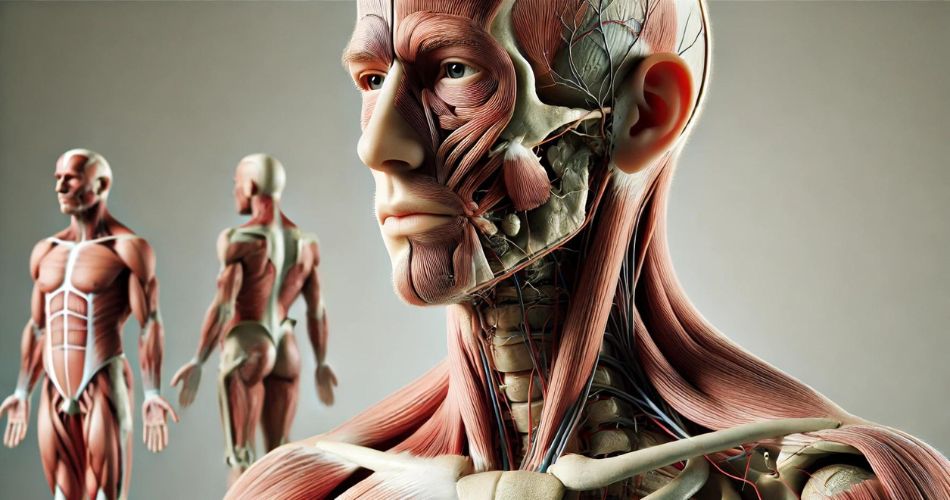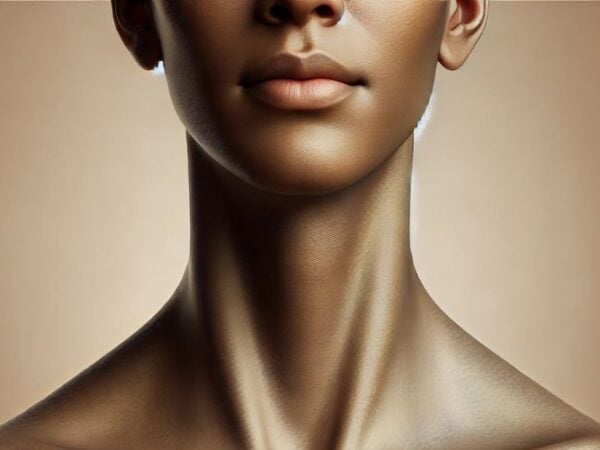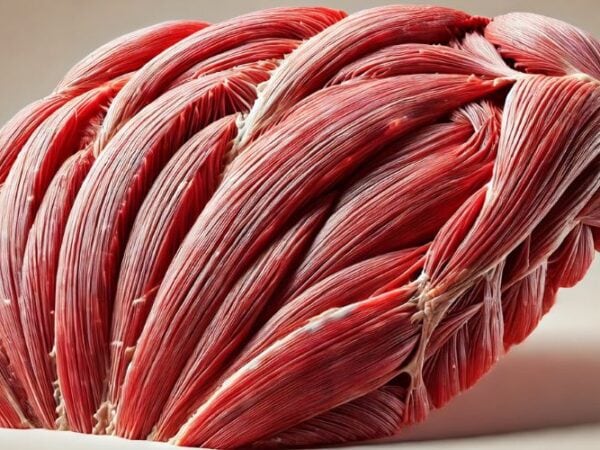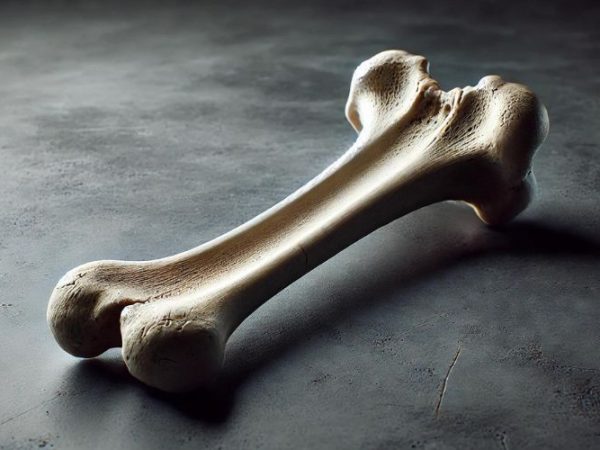Briefly
The body as a symbol in literature, art, and culture often represents the self, identity, and personal experience. It is a universal symbol that transcends cultural boundaries, used to convey ideas about health, beauty, strength, vulnerability, and mortality. The body’s shape, size, color, and condition can all hold symbolic significance, expressing a range of emotions, attitudes, and beliefs.
- Symbolism: Self, Identity, Health, Beauty, Strength, Vulnerability, Mortality.
Body in Dreams
In psychological analysis of dreams, dreaming of one’s own body can indicate one’s self-perception and self-esteem. If the body appears healthy and well-nourished, it can symbolize self-confidence and personal satisfaction. Conversely, a sick or injured body might suggest feelings of insecurity or dissatisfaction. Specific body parts appearing in dreams can also have unique interpretations. For instance, hands can represent creativity or productivity, while the heart can symbolize love or emotion.
- Symbolism: Self-perception, Self-esteem, Confidence, Satisfaction, Insecurity, Dissatisfaction, Creativity, Productivity, Love, Emotion.
Free Dream Interpretation Tool
Body in Myths and Folklore
In various myths and folklore, the human body is often used as a metaphor for the universe or nature. For example, in many Native American stories, the body of a giant or a god often forms the earth’s landscape. In Greek mythology, the Titan Prometheus creates man out of clay, symbolizing the connection between the human body and the earth. In Norse mythology, the world was created from the body of the slain giant Ymir. Thus, the body in mythology and folklore often symbolizes creation, life, and the natural world.
In other tales, the body can represent transformation and change. This is particularly evident in folklore involving shapeshifting or metamorphosis, where characters change their physical form to overcome challenges or achieve certain goals.
- Symbolism: Universe, Nature, Creation, Life, Earth, Transformation, Change.
Body Spiritual Meanings
Spiritually, the body is viewed as a vessel or temple for the soul or spirit. It is often associated with notions of purity, divinity, and transcendence. In many spiritual traditions, maintaining physical health and well-being is seen as an essential part of spiritual growth and development. The body is also used symbolically in many religious rituals and practices, such as baptism and communion in Christianity, or yoga and meditation in Buddhism and Hinduism.
- Symbolism: Vessel, Temple, Soul, Spirit, Purity, Divinity, Transcendence, Health, Well-being, Ritual, Practice.
Body Tattoo Meaning
A tattoo of a body or body part can carry a multitude of meanings, often personal to the wearer. For example, an image of a heart might symbolize love, passion or vitality, while a pair of hands could represent creation, work, or protection. Tattoos of the body can also be used to commemorate personal experiences or milestones, such as overcoming illness or achieving personal goals. They can serve as a form of self-expression, a way to reclaim and celebrate one’s body.
- Symbolism: Love, Passion, Vitality, Creation, Work, Protection, Commemoration, Self-expression, Celebration.
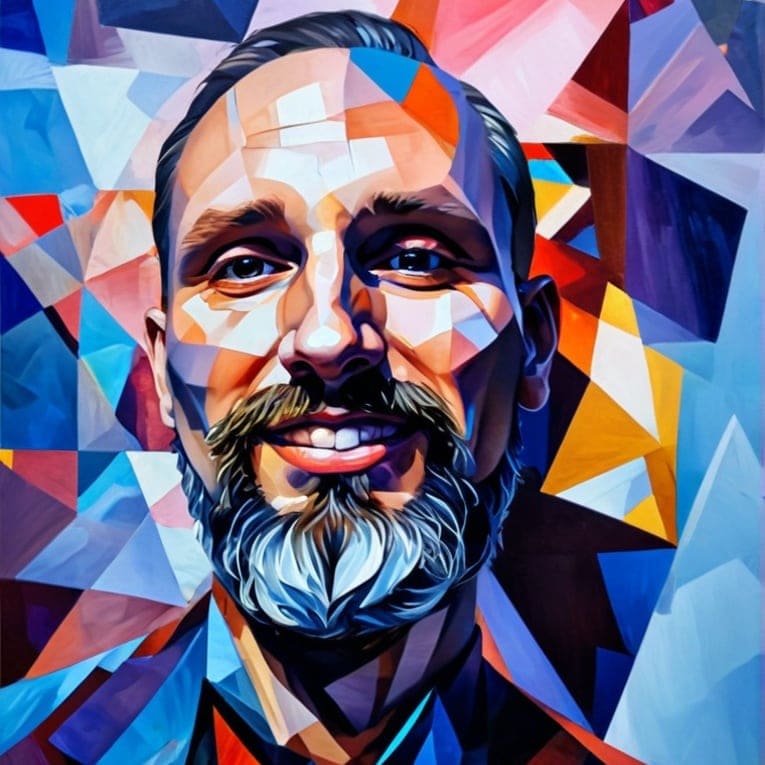
Reviewed by Alexander Lys, M.L., a specialist in the field of symbolism research and dream psychology. A certified participant in numerous psychological seminars and courses, the author of hundreds of articles on psychology, including studies on symbolism in dreams and myths from a scientific perspective.
